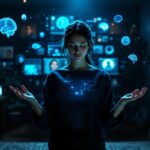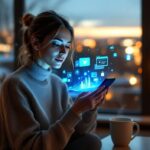The creative landscape faces a revolutionary shift as AI emerges as an extraordinary partner for artists, designers, and content creators. AI isn’t taking over human creativity—it’s expanding the boundaries of artistic expression, providing powerful tools that boost human imagination and simplify complex creative processes.
Key Takeaways:
- Collaborative workflows: AI enables “Centaur” and “Cyborg” collaborative workflows that increase creative originality by up to 25%
- Time efficiency: Creative professionals can cut routine ideation time by approximately 50% using AI assistance
- Role definition: Successful AI integration demands clear role definition between human creativity and machine capabilities
- Ethical oversight: Ethical considerations and human oversight remain critical in AI-driven creative processes
- Future adoption: By 2027, an estimated 60% of creative professionals will adopt hybrid human-AI workflows
The Symbiotic Dance of Human and Machine Creativity
AI hasn’t replaced creativity—it’s supercharged it. I’ve watched creative professionals transform their work by using AI as a partner rather than a competitor. This partnership comes in different flavors.
Creative Collaboration Models
Two powerful approaches have emerged in creative AI collaboration:
- “Centaur” workflows: Humans make strategic decisions while AI handles technical execution
- “Cyborg” approaches: AI and human creativity intertwine throughout the entire process
The results speak volumes—projects using these collaborative models show a 25% increase in originality scores compared to purely human-created work.
Sparking New Ideas
AI’s pattern recognition has become a catalyst for human imagination. When I watched designers use AI tools, they discovered connections between concepts they’d never considered before.
This partnership shines across fields from music composition to professional writing. The magic happens not when AI takes over, but when it handles the mundane parts of creation, giving humans more time to add what machines can’t—genuine emotional connection and contextual understanding.
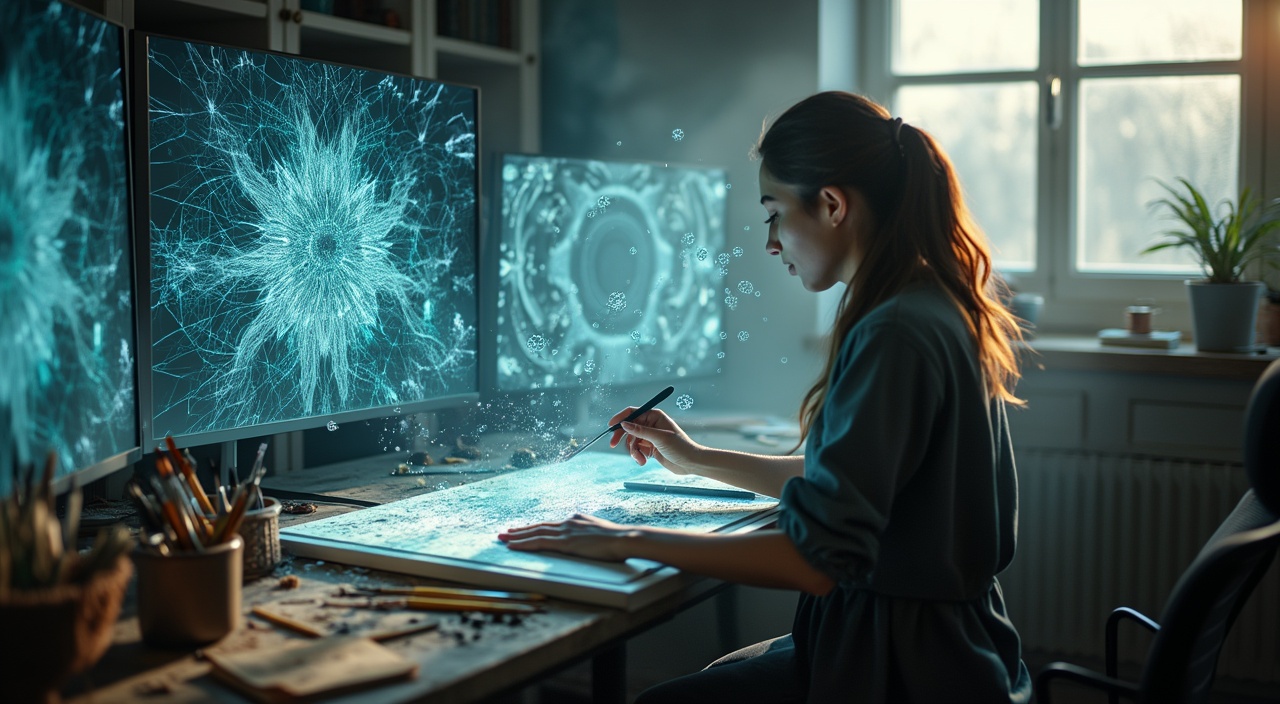
Unlocking Efficiency: The AI Creative Accelerator
Creative Freedom Through Automation
Time is every creator’s most precious resource. I’ve watched AI transform creative workflows by handling the mundane tasks that once consumed hours of valuable time.
AI tools now handle the repetitive aspects of creative work, freeing up mental bandwidth for what humans do best—innovative thinking. For example, web designers can quickly generate initial layouts using AI, then focus their talents on refining user experiences rather than coding basic elements from scratch.
Content creators benefit similarly when AI handles research compilation or generates first drafts that need human refinement. Professional service providers can automate client intake forms and document preparation.
AI delivers these time-saving benefits through tools like:
- ChatGPT Image Generator – Creates visual concepts in seconds
- Automatic1111 – Handles repetitive editing tasks with precision
When creative professionals spend less time on grunt work, their job satisfaction increases dramatically. As one designer told me, “I finally get to design again, not just execute.”

Navigating Ethical Frontiers of AI-Driven Creativity
The fusion of AI and creativity has opened doors to amazing possibilities while raising tough questions about ownership and attribution. Who owns the rights when an algorithm helps create a masterpiece? This isn’t just theoretical—it affects real artists and businesses daily.
Ownership and Privacy Balancing Act
Copyright challenges remain at the forefront as AI-generated works blur traditional ownership lines. I’ve found that clear documentation of human inputs and AI contributions helps establish proper attribution.
To protect privacy when using AI creative tools:
- Use systems that allow local processing instead of cloud-based solutions
- Check terms of service for data retention policies
- Opt for tools that offer transparency about training data sources
- Consider offline AI options when working with sensitive content
AI tools still struggle with emotional subtlety and contextual understanding. A computer might create technically perfect compositions but miss the human experience that gives art its soul. This limitation isn’t a bug—it’s a feature that defines where humans remain irreplaceable.
Human-AI Partnership Frameworks
The fear of AI replacing creatives is understandable but misses the bigger picture. The most successful implementations I’ve seen treat AI as a collaborator rather than a replacement.
Effective human oversight includes regular review processes, established ethical guidelines, and transparent AI decision making. This partnership approach has proven more effective than either humans or AI working alone, as highlighted in my analysis of creative human-algorithm partnerships.
The key isn’t avoiding AI in creative fields—it’s establishing thoughtful frameworks that enhance human creativity while addressing ethical concerns head-on.
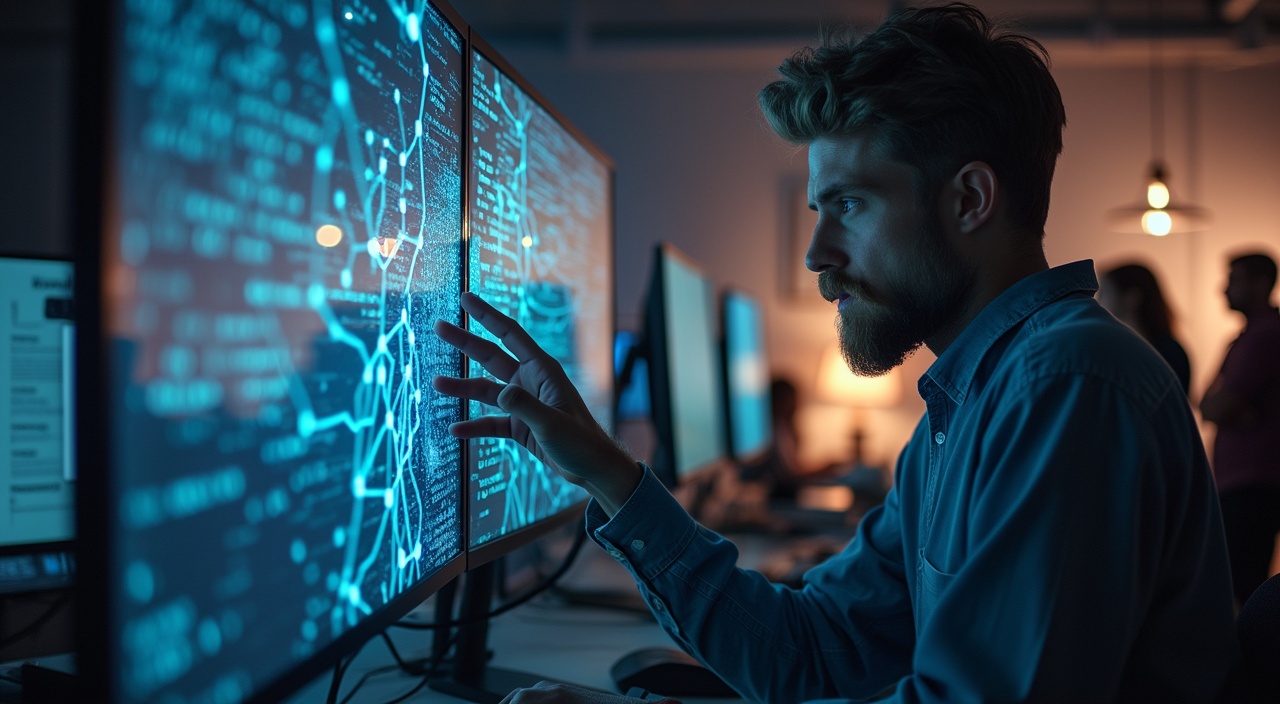
The Future Palette: Emerging Creative Possibilities
Personal Art Meets Digital Acceleration
AI has crashed the creative party, and it’s not just making punch. Personalized AI models trained on individual artistic styles mean you can have a digital “mini-me” that understands your creative fingerprint. I’ve seen firsthand how this shortens the gap between concept and creation.
Industry specialists aren’t missing out on the fun:
- Design: AI tools that suggest layout variations while preserving your signature aesthetic
- Music: Composition assistants that learn your melodic tendencies
- Writing: Style-matching engines that capture your voice, not just generic text
The numbers tell a compelling story. We’re looking at a 50% reduction in routine ideation time by 2026, freeing creators to focus on the truly human elements of their work. By 2027, about 60% of creative professionals will likely adopt hybrid workflows combining human intuition with AI assistance.
The best part? The rise of open-source, privacy-centric AI solutions means your creative DNA stays yours.
Practical Roadmap for Creative AI Integration
Setting Boundaries for Human-AI Collaboration
I’ve found that successful AI integration starts with crystal-clear role definition. AI handles the repetitive tasks—data analysis, initial drafts, and pattern recognition—while humans focus on emotional intelligence, ethical decisions, and adding that special creative spark.
Here’s a straightforward implementation path I recommend:
- Define clear AI boundaries before project kickoff
- Implement real-time collaborative tools like Claude Canvas or ChatGPT with human-in-the-loop features
- Schedule monthly AI output audits to catch bias or quality issues
- Run quarterly team workshops on AI ethics and capabilities
Track your progress with simple metrics: hours saved per project, quality comparison scores, and direct client feedback. I’ve seen teams reduce production time by 40% while maintaining or improving quality when they follow this approach.
Remember—AI should amplify human creativity, not replace it. The magic happens at the intersection where creative humans and algorithms forge new artistic frontiers.
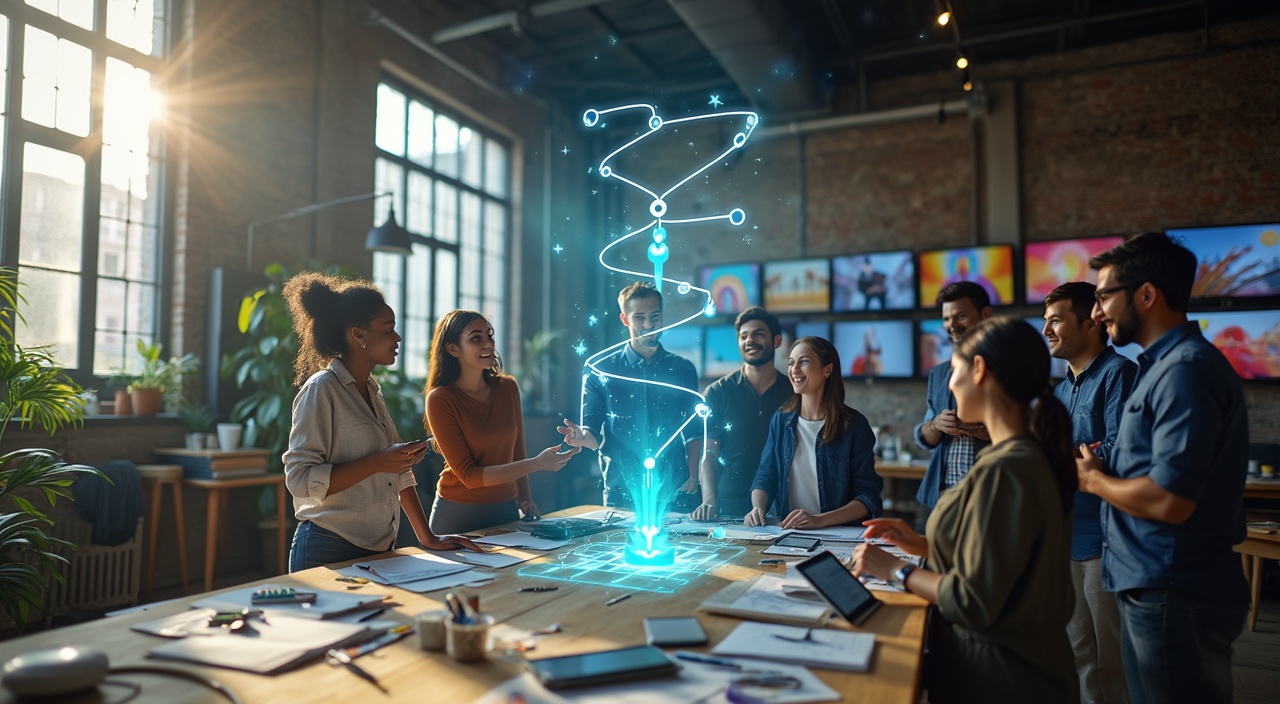
Sources:
• Altois Blog: How AI is Doing It All in 2025: The Tools Behind the Creative and Tech Revolution
• Microsoft Blog: How Real-World Businesses Are Transforming with AI
• Apparelist: AI Generative Art in 2025: Integration, Ethics, and Originality
• Venngage Blog: AI and Design Trends
• Liminary Blog: Human-AI Collaboration: Finding the Sweet Spot Part II
